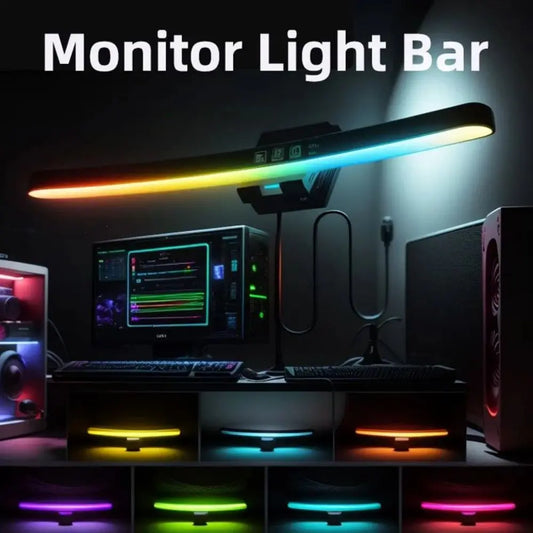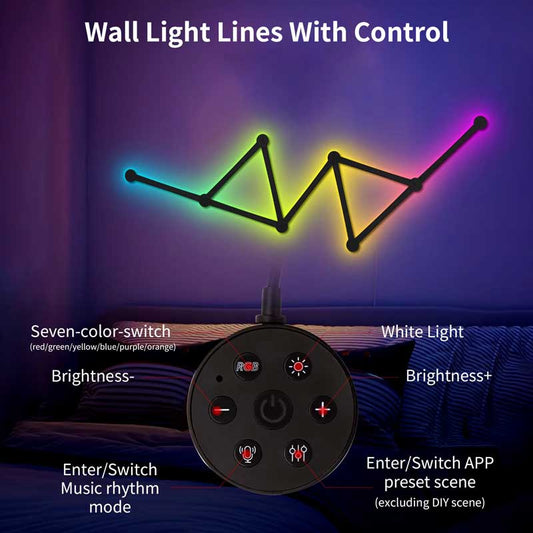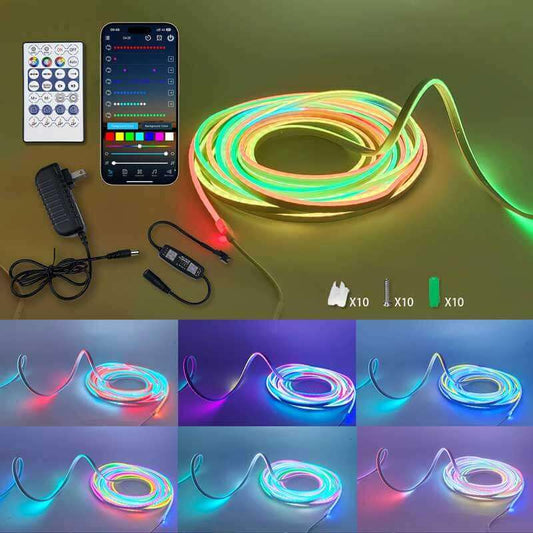What's difference between LCD and DLP projectors?
Share
LCD (Liquid Crystal Display) and DLP (Digital Light Processing) projectors are two common types of projectors that use different technologies to create images. Here is a simplified explanation of the key differences between LCD and DLP projectors:
LCD Projectors:
-
Technology: LCD projectors use three liquid crystal panels (one each for red, green, and blue) to create images. Light passes through these panels, and each pixel's color and intensity are controlled individually.
-
Color Accuracy: LCD projectors typically produce accurate and vibrant colors, making them a popular choice for applications where color accuracy is crucial, such as graphic design or presentations with detailed images.
-
Resolution: LCD projectors are known for their sharp image quality and high resolution, making them suitable for displaying detailed content like presentations, photographs, and videos.
-
Brightness: LCD projectors tend to have higher brightness levels compared to DLP projectors, making them ideal for use in well-lit environments or larger rooms.
-
Maintenance: LCD projectors may require more frequent maintenance due to the presence of three separate LCD panels that can be prone to alignment issues over time.
DLP Projectors:
-
Technology: DLP projectors use a digital micromirror device (DMD) chip with thousands of tiny mirrors that reflect light to create images. Each mirror represents a pixel, and they tilt to reflect light towards or away from the lens, creating the image.
-
Color Accuracy: DLP projectors can sometimes exhibit a "rainbow effect," where viewers may see flashes of red, green, and blue colors in fast-moving images. However, newer DLP projectors have largely reduced this effect.
-
Resolution: DLP projectors are capable of producing high-resolution images, but they may have limitations in terms of color accuracy and contrast compared to LCD projectors.
-
Brightness: DLP projectors are known for their high contrast ratios, which can result in deeper blacks and brighter whites. They are often preferred for home theater setups and environments where contrast is crucial.
-
Maintenance: DLP projectors usually require less maintenance as they do not have multiple LCD panels that can degrade over time. The DMD chip in DLP projectors is typically durable and long-lasting.
In summary, LCD projectors are known for their color accuracy and sharp image quality, while DLP projectors excel in high contrast ratios and are often preferred for home theaters. The choice between LCD and DLP projectors ultimately depends on your specific needs, environment, and preferences.




